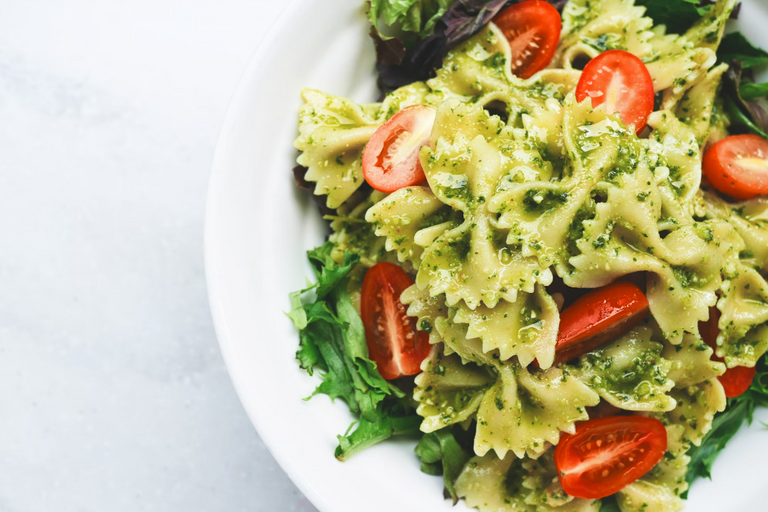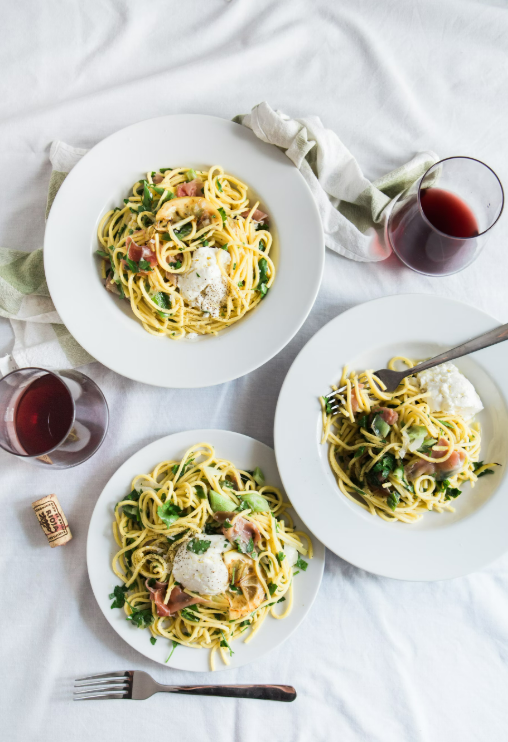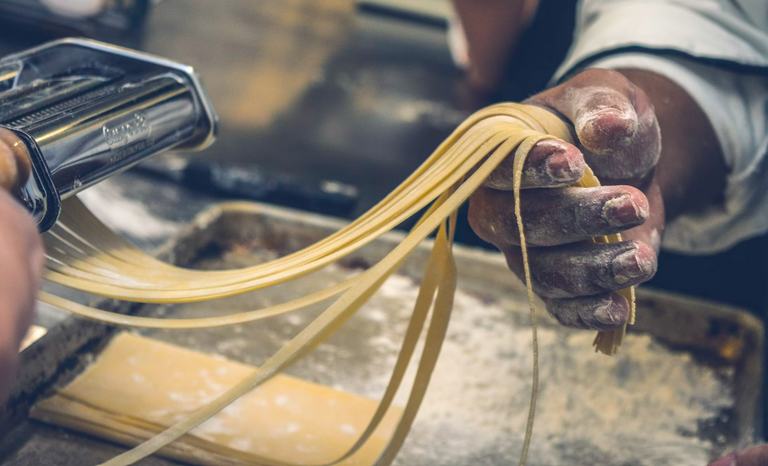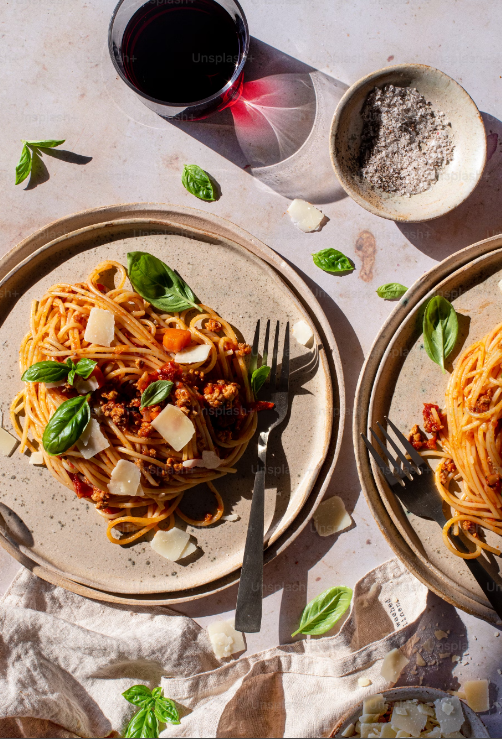There’s something deeply satisfying about transforming simple ingredients into silky, tender strands of homemade pasta. While store-bought pasta is convenient, making your own unlocks a world of flavor, texture, and creativity. With just a few pantry staples and a bit of patience, you can create pasta that rivals the finest Italian trattorias. Here’s your ultimate guide to crafting perfect homemade pasta.
The Building Blocks of Pasta
Flour:
Traditional pasta uses finely milled Italian 00 flour or all-purpose flour for a tender texture. Semolina flour adds a heartier, slightly gritty bite.Eggs:
The richness and elasticity of pasta dough come from eggs, typically large ones.Water (Optional):
Some recipes use water instead of eggs for a firmer, vegan-friendly dough.Salt:
Enhances the flavor of the dough, though some chefs add it to the cooking water only.Olive Oil (Optional):
Adds pliability to the dough, making it easier to work with.
Step-by-Step Recipe for Homemade Pasta
1. Gather Your Ingredients
Basic Egg Pasta Dough:
- 2 cups 00 flour or all-purpose flour
- 3 large eggs
- A pinch of salt
Instructions:
- On a clean surface, mound the flour and make a well in the center.
- Crack the eggs into the well and sprinkle with salt.
- Use a fork to beat the eggs, gradually incorporating the surrounding flour.
- Once the mixture becomes shaggy, knead the dough with your hands for 8–10 minutes until smooth and elastic.
- Wrap the dough in plastic wrap and let it rest for at least 30 minutes at room temperature.
2. Roll Out the Dough
- Divide the rested dough into 4 equal portions to make it easier to handle.
- Flatten one portion slightly, then roll it through a pasta machine on the widest setting. Fold the sheet in half and repeat several times to build elasticity.
- Gradually reduce the thickness setting on the machine until the dough is your desired thickness (about 1–2 mm).
No pasta machine? Use a rolling pin to roll the dough as thin as possible.
3. Shape the Pasta
Popular Shapes to Try:
- Fettuccine: Slice the rolled dough into thin ribbons.
- Tagliatelle: Slightly wider than fettuccine, perfect for hearty sauces.
- Pappardelle: Broad ribbons ideal for rich, meaty ragùs.
- Ravioli: Cut small squares or circles, fill with ricotta or other fillings, and seal with a fork.
- Tortellini: Fold small dough circles around a filling and twist into a ring.
Dust each shape lightly with flour to prevent sticking.
4. Cook the Pasta
- Bring a large pot of salted water to a rolling boil.
- Drop in the pasta and cook for 2–4 minutes, depending on its thickness. Fresh pasta cooks faster than dried.
- Drain and toss immediately with your chosen sauce.
Sauces to Pair with Fresh Pasta
Classic Tomato Sauce:
A simple mix of crushed tomatoes, garlic, olive oil, and basil.Creamy Alfredo:
Rich and indulgent, made with butter, heavy cream, and Parmesan.Pesto:
A vibrant blend of fresh basil, garlic, pine nuts, Parmesan, and olive oil.Bolognese:
A slow-cooked meat sauce with ground beef, pork, tomatoes, and red wine.Aglio e Olio:
A minimalist sauce of garlic, olive oil, chili flakes, and parsley.
Tips for Perfect Pasta
Rest the Dough:
Resting allows the gluten to relax, making the dough easier to roll and shape.Use Plenty of Flour:
Dust your work surface, rolling pin, and pasta machine to prevent sticking.
Taste-Test:
Always taste a piece of pasta during cooking to ensure it’s perfectly al dente.Don’t Overload with Sauce:
Fresh pasta has a delicate flavor and texture; let it shine with a light coating of sauce.Freeze Extras:
If you’ve made too much, freeze the uncooked pasta on a tray, then transfer it to a sealed bag or container.
Why Make Pasta at Home?
- Freshness: Homemade pasta has a flavor and texture you can’t replicate with store-bought.
- Creative Freedom: Experiment with different flours, fillings, and shapes.
- A Fun Activity: Perfect for family cooking nights or impressing dinner guests.
- Cost-Effective: Making pasta from scratch is affordable and uses simple ingredients.
Variations to Explore
- Spinach Pasta: Blend cooked spinach into the dough for a vibrant green color.
- Beet Pasta: Add beet puree for a striking pink hue and earthy flavor.
- Squid Ink Pasta: A dramatic black pasta perfect for seafood dishes.
- Herbed Pasta: Knead fresh herbs like parsley or basil into the dough.
Conclusion
Making pasta from scratch is an artful, rewarding process that connects you to the heart of Italian cuisine. From the satisfying knead of the dough to the first bite of perfectly cooked strands, homemade pasta transforms simple ingredients into culinary magic.



